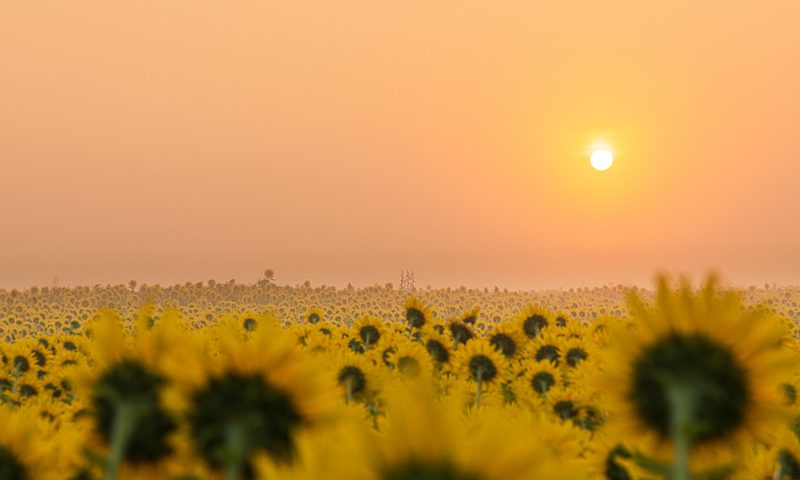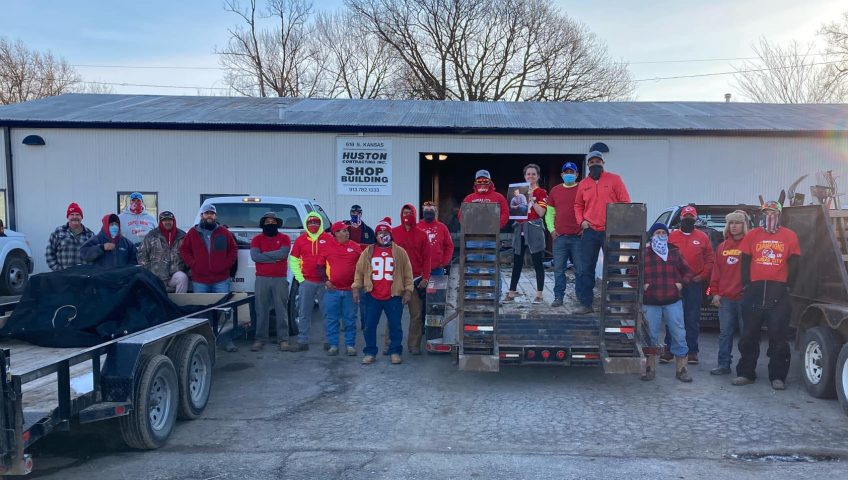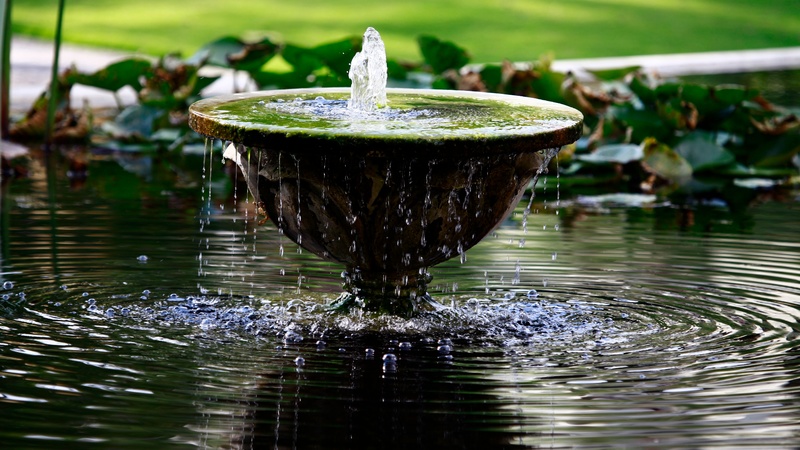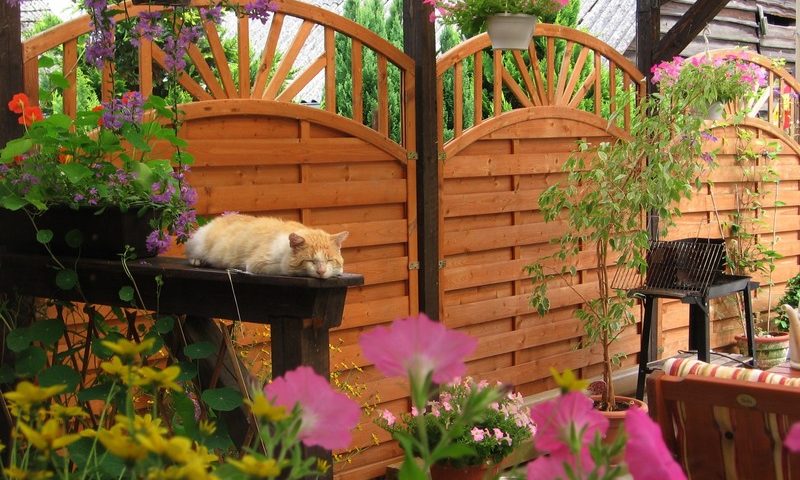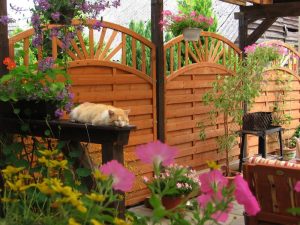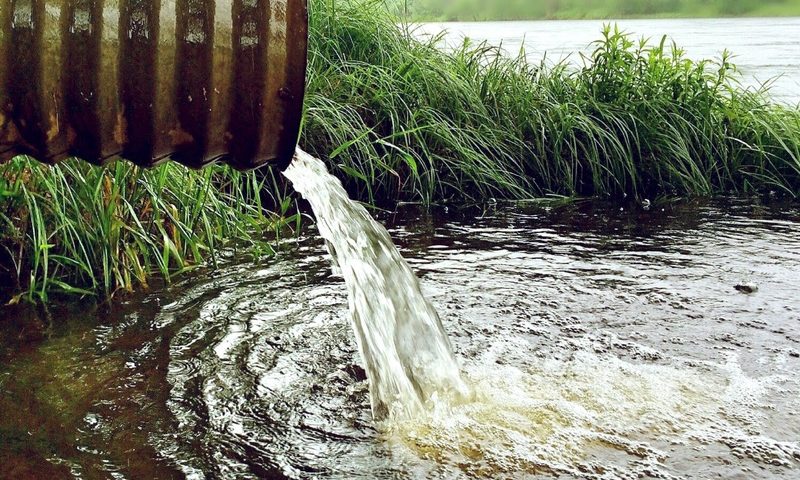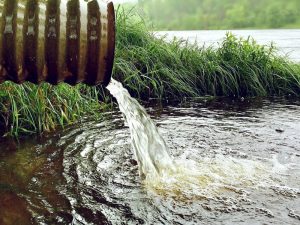Landscaping Projects to Do Now So You Can Enjoy Fall
Sure, summer is great. We love the longer days, the backyard gatherings, time at the pool. But if you’re looking forward to cooler temperatures and want to be sure you can still spend time outdoors even after the weather cools, there are landscaping projects you can consider now that might just make this next Fall your best Fall.
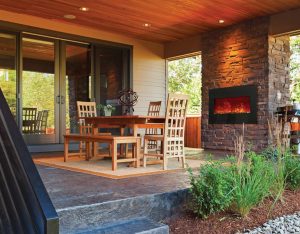 Start With a Small Landscaping Change
Start With a Small Landscaping Change
If you just want to adjust for the season but you’re not ready to make a huge investment with your landscaping, you might consider planting a cooler weather garden.
Leafy greens like lettuce, spinach, and kale grow well in cooler temperatures. So do brassicas like Brussels sprouts, broccoli, cauliflower, and cabbage. Other crops to consider include beans, radishes, turnips, and carrots.
If you’d rather plant flowers, Fall is the perfect time for mums, pansies, asters, and dianthus. You can also create gorgeous container gardens with flowering kale, crotons, and fountain grass.
Dream Big and Tackle Big Landscaping Projects
If you’re ready for a bigger project, think about installing a fire feature before the weather turns cold. Not only is a fireplace a focal point, but it provides a place for family and friends to gather long after the weather turns cooler.
Outdoor fireplaces in Olathe can be built from a variety of materials including stone and can be either gas or wood fired. Like other architectural elements of a landscaped yard, your fireplace can look however you want it to: it can be round or rectangular, built in a fire-pit fashion or a wall. It can look rustic or sleek.
An outdoor kitchen is another example of a larger project that will enable you to continue spending time outdoors even once the weather turns cooler. By installing an outdoor oven or cooktop as well as seating and prep space, you can extend the usable space of your home and take advantage of the beautiful Fall weather.
Other projects you might consider are those that also add additional living space to your outdoor space. These options include a patio, covered deck, screened-in porch, or pergola. Adding one of these features will serve you year-round, not just in the Fall. A covered space will offer respite from the sun during these waning summer months. And a screened-in porch can offer additional space almost year-round, except for the most brutal winter months.
Get Help with Your Olathe Backyard Fireplace
Part of planning your perfect outdoor space is understanding the seasons in Olathe and the surrounding Kansas City area. Our landscape architects know how to best leverage our seasons to create outdoor spaces that are both beautiful and functional. We’d love the opportunity to review your goals and help you create a plan to achieve them.


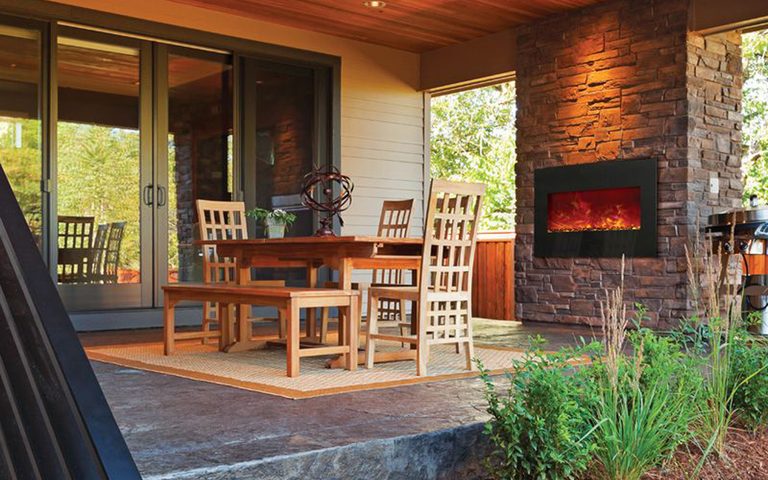
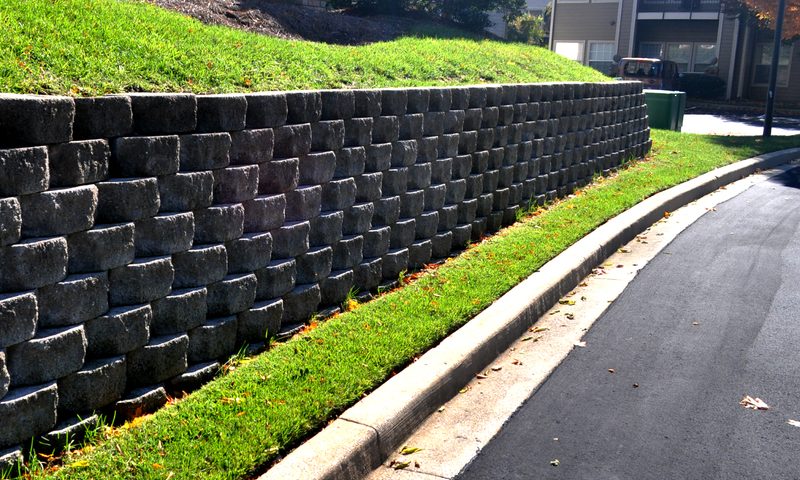
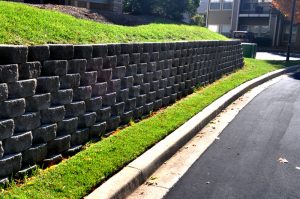
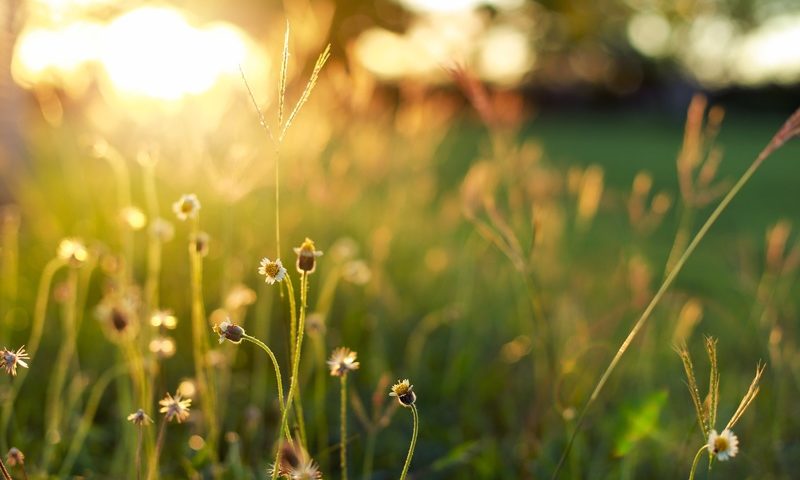
 The high temperatures of summer bring unique challenges to lawns and landscaping in the Olathe and general Johnson County area. How do you know if you’re doing everything you can to ensure that your yard and your outdoor spaces are healthy and look as good as possible?
The high temperatures of summer bring unique challenges to lawns and landscaping in the Olathe and general Johnson County area. How do you know if you’re doing everything you can to ensure that your yard and your outdoor spaces are healthy and look as good as possible?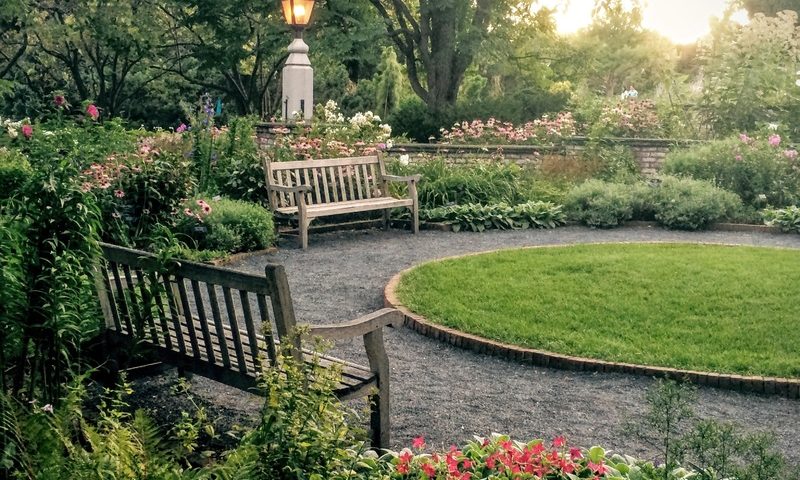
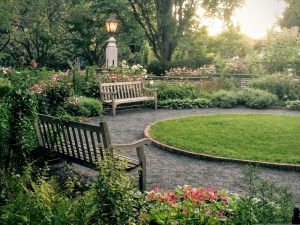 If you’ve read our blogs, you might notice that we talk quite a bit about how to make your outdoor living space the best it can be. But outdoor spaces aren’t limited to residential areas. In fact, if you look closely, you’ll see that a landscape architect can have a hand in planning and improving almost every area, from shopping malls to office parks and more.
If you’ve read our blogs, you might notice that we talk quite a bit about how to make your outdoor living space the best it can be. But outdoor spaces aren’t limited to residential areas. In fact, if you look closely, you’ll see that a landscape architect can have a hand in planning and improving almost every area, from shopping malls to office parks and more.